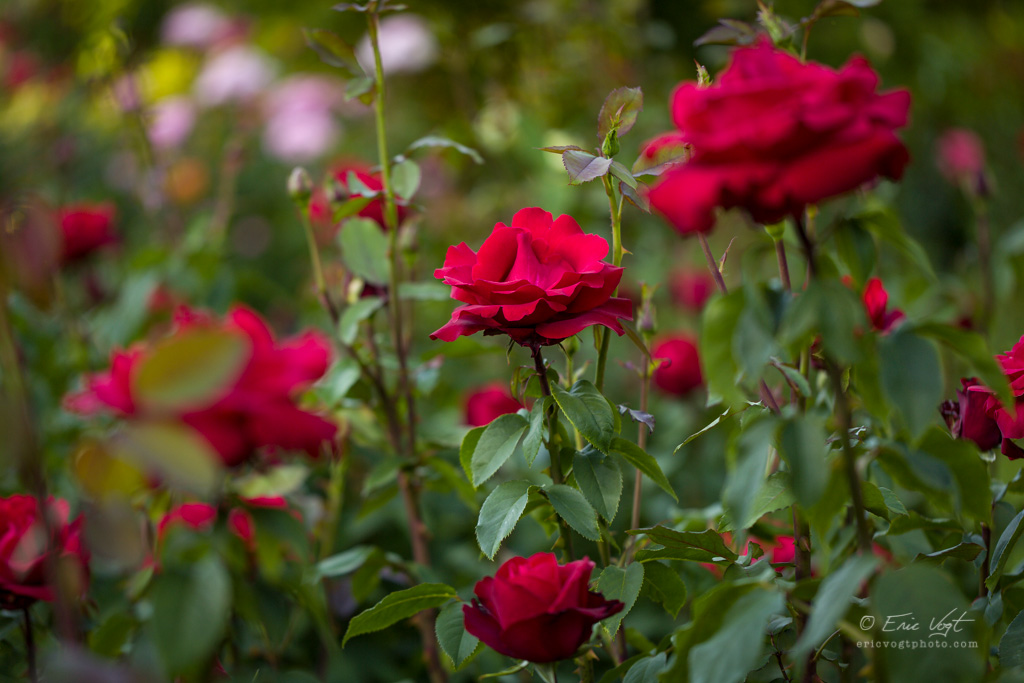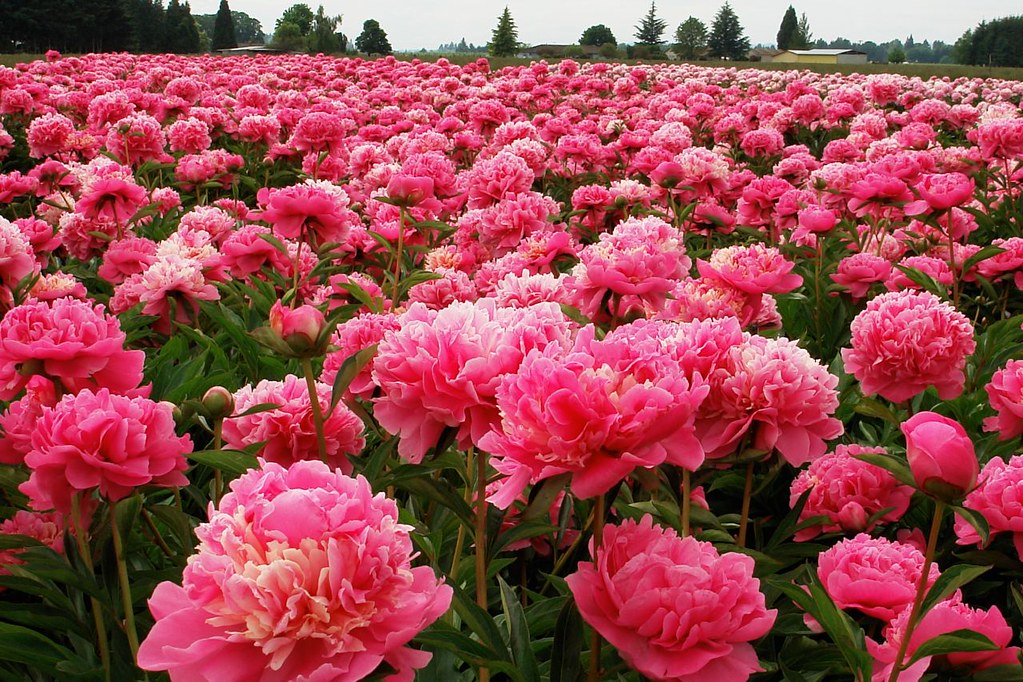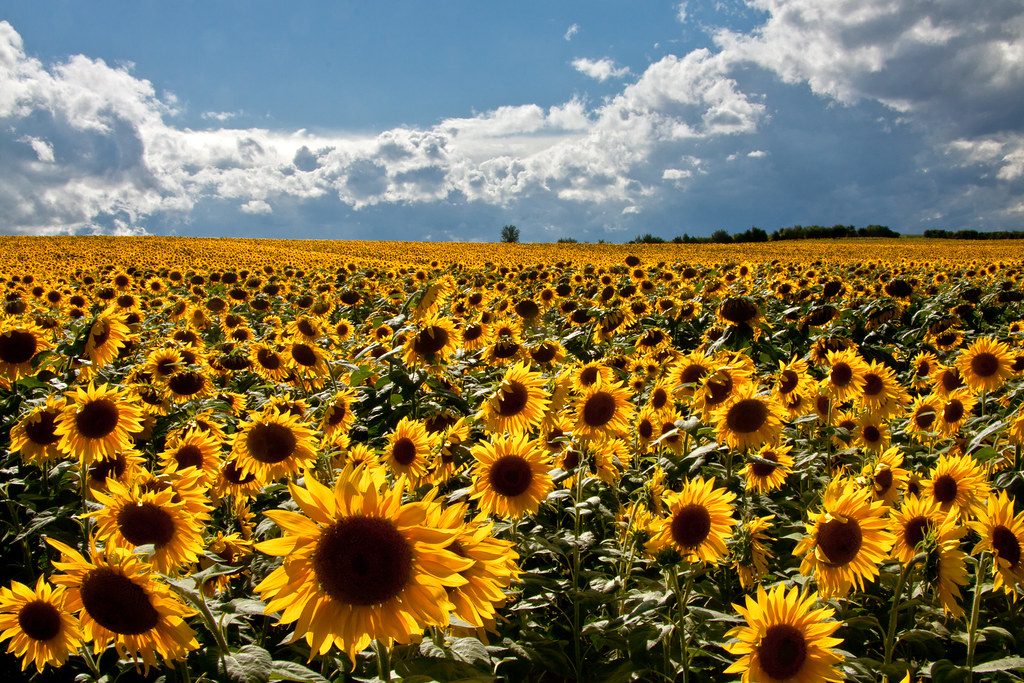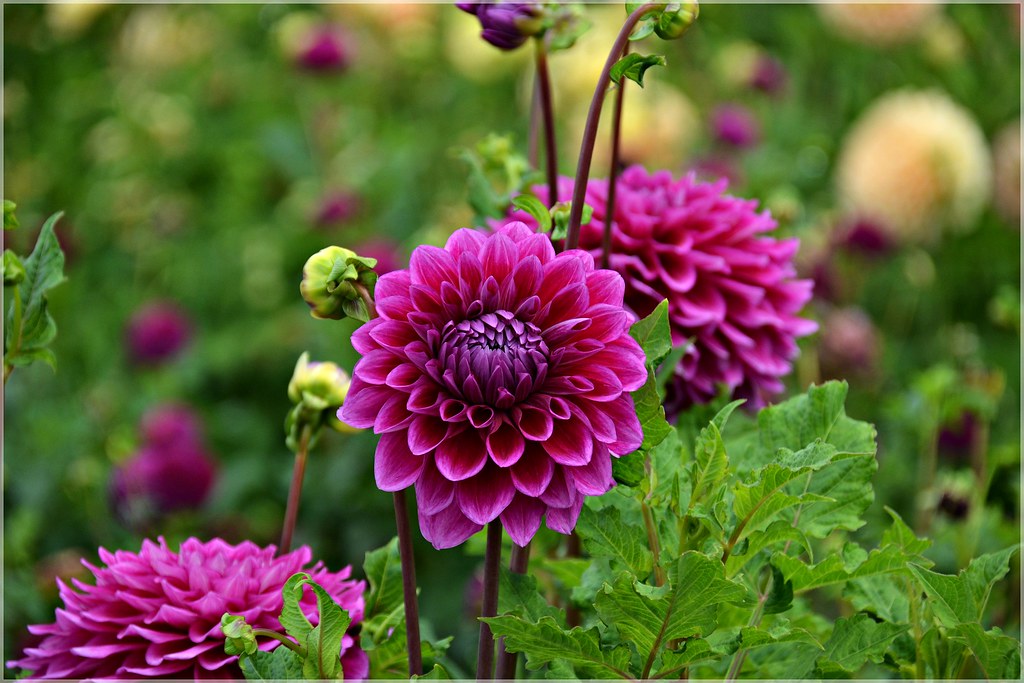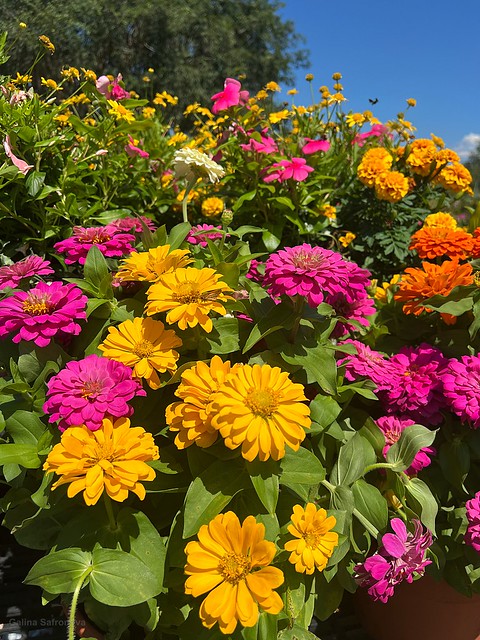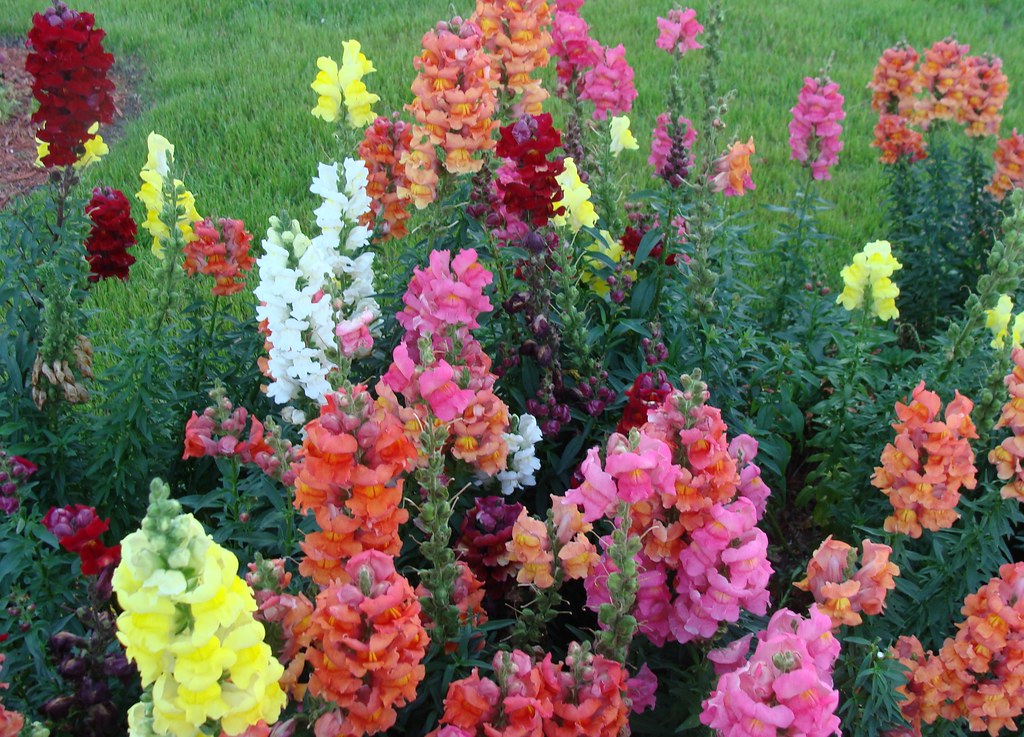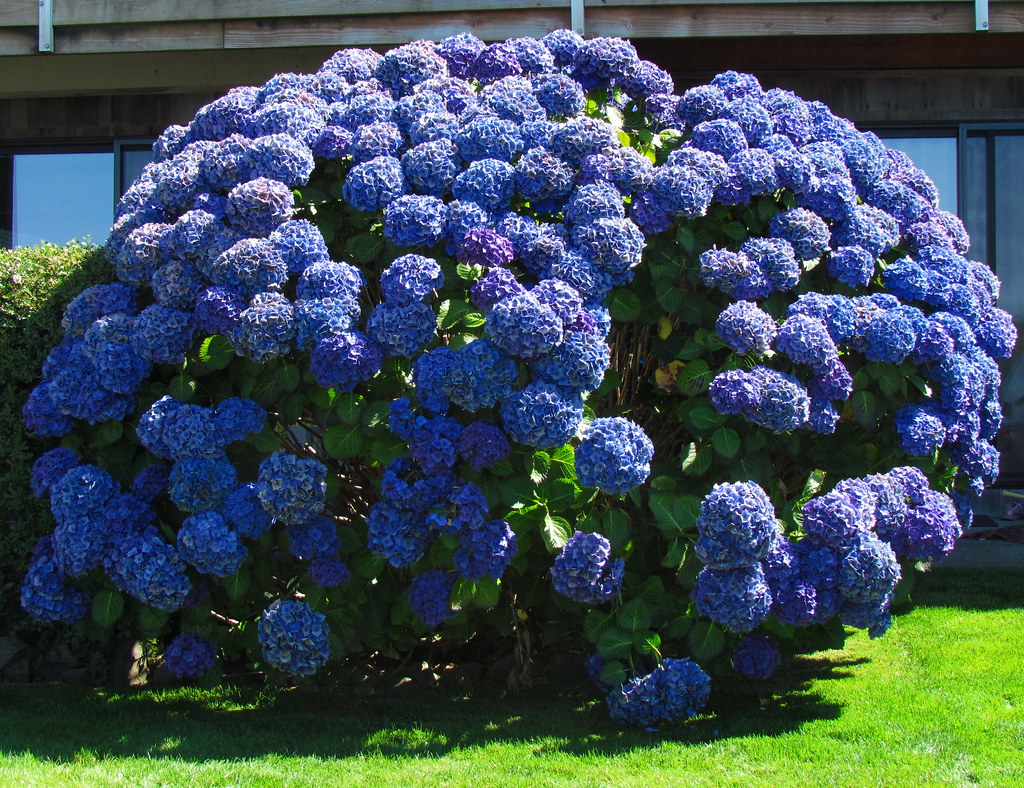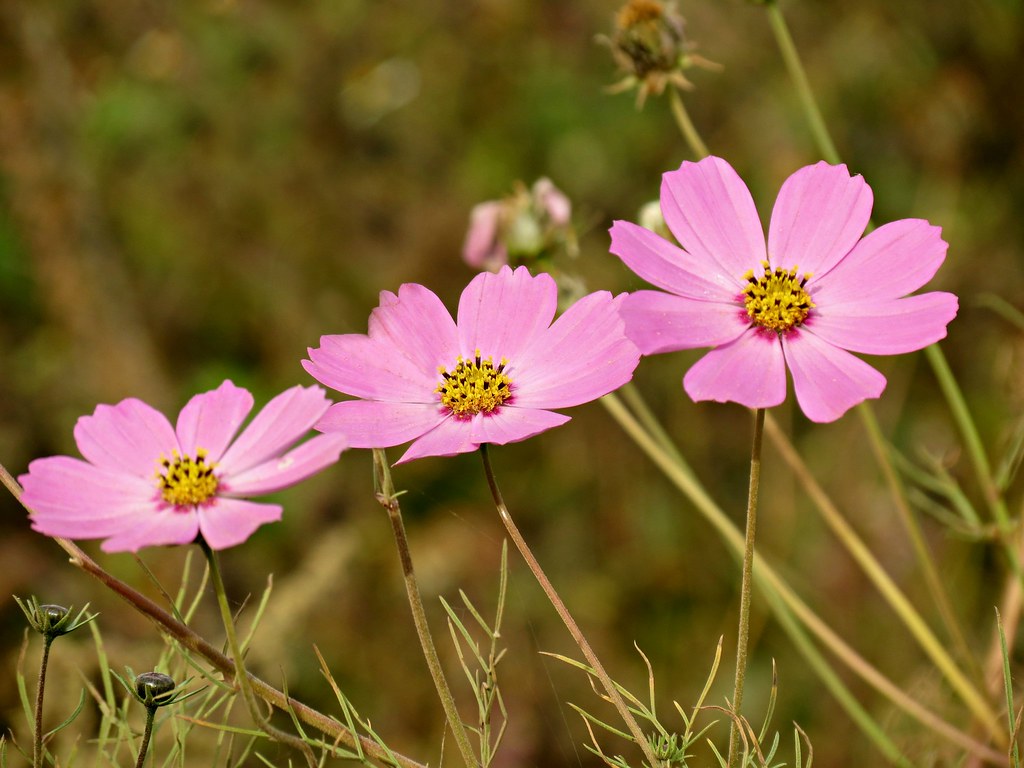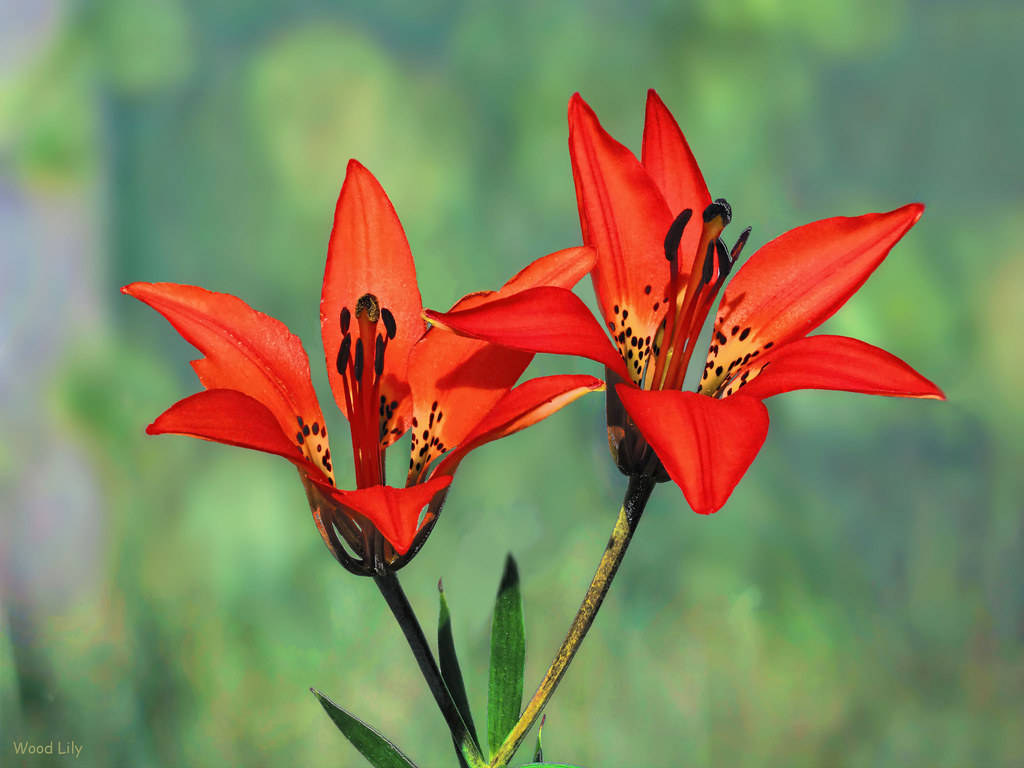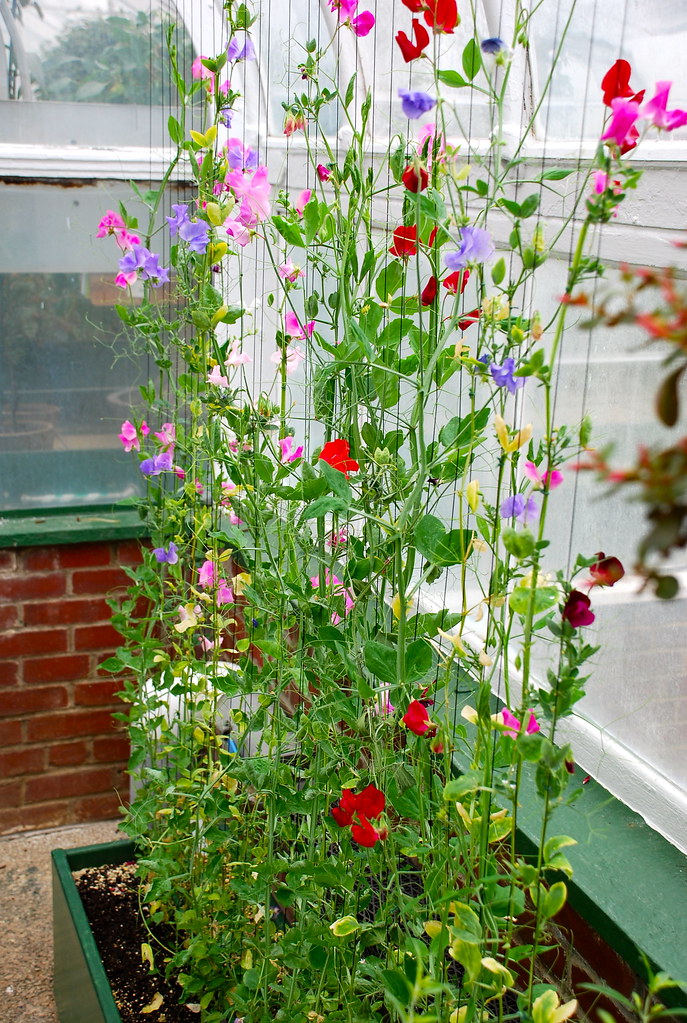All flowers are beautiful, but some are especially useful in cutting gardens. These blooms are perfect for interior arrangements since they are eye-catching, bright, and long-lasting. Many of these flowers grow well in a range of garden situations and are also quite simple to grow.
Cultivating these plants is a great way to bring the beauty of your yard into and make seasonal bouquets that you will love. The greatest annuals and perennials for a stunning cutting garden are listed here.
Roses
Roses are available in an array of hues, spanning from the traditional red to vivid yellows and delicate pinks. These perennial blooms need at least six hours of direct sunlight per day to flourish. Their growth is best supported by soil that has a high organic content and enough drainage. Roses are a stunning garden feature, but to keep them healthy and blooming, they need to be regularly pruned and shielded from pests and illnesses.
Peonies
Peonies come in a variety of colors, including white, pink, red, and even yellow, and usually bloom in late spring or early summer. They need at least six hours of direct sunshine per day to grow, and they do best in full sun. These perennials need moderate watering to keep the soil regularly moist but not soggy. They prefer well-draining soil that is rich in organic materials. Peony flowers, which are prized for their fragrance, can fill any garden with a pleasing aroma.
Sunflowers
Sunlight is essential for the healthy growth of sunflowers, which are annual plants that require at least 6 to 8 hours of sunlight daily. Because of their great attraction to pollinators, such as bees and butterflies, they can improve the ecosystem in the area. To support their tall, stalky structures, these flowers demand rich, well-drained soil that is rich in nutrients. Because they require little upkeep, sunflowers are a favored plant among gardeners who want aesthetic appeal without a lot of work.
Dahlias
Dahlias come in a variety of hues, ranging from soft pinks and purples to rich crimsons. They typically require six to eight hours of direct sunshine every day and do best in full sun. For best growth, these flowers require well-drained soil that has been supplemented with organic matter. Dahlias can be treated as annuals in colder locations, although they are generally cultivated as perennials in USDA hardiness zones 8 through 10. Ensuring that the soil is continually moist but not overly wet requires proper irrigation.
Zinnias
Zinnias usually give an extended blooming show from late spring until the first frost. They are available in a striking variety of hues, such as red, orange, pink, yellow, and purple. These flowers need six hours a day or more of direct sunlight to flourish. Zinnias are a great option for gardeners of all skill levels because they typically require little care. Since they are annuals, their life cycle is finished in a single growing season.
Snapdragons
There are many different hues of Snapdragons, such as red, pink, yellow, white, and purple, giving gardeners a lot of choices. These flowers provide prolonged visual pleasure, usually blooming from early spring into September. They need regular watering, especially during dry seasons, but they grow well in full sun. Snapdragons are a great addition to a pollinator-friendly garden because they are hardy in zones 7–10 and frequently draw pollinators like bees and butterflies.
Hydrangeas
The pH levels of the soil can have an impact on the color variations of hydrangeas, which include blue, pink, white, and purple. These deciduous shrubs require protection from the intense afternoon sun and do best in partial shade. To maintain vibrant blooms, they require consistently moist soil but need well-drained conditions to prevent root rot. Hydrangeas are perennial plants that come back year after year with the right maintenance and winter protection. They are usually hardy in zones 3–9.
Cosmos
Cosmos blooms come in a variety of colors, including pink, white, and red, and they bloom from the beginning of summer until the first frost. They want full sun and do best in well-drained soil. These annual flowers are well recognized for drawing pollinators like butterflies and bees, which increases the biodiversity of gardens. Cosmos are a practical option for gardeners because they require little upkeep once grown and are relatively low-maintenance.
Lilies
Because of its wide spectrum of colors—which include white, yellow, orange, pink, red, and even purple—lilies are a popular flower. They can bloom for several weeks, usually starting in the early to mid-summer. These perennial plants thrive in well-drained soils and need frequent irrigation, particularly in the summer. Lilies are good for garden ecosystems because they draw a variety of pollinators, including butterflies and bees. They may survive in hardiness zones ranging from 3 to 9.
Sweet Peas
Sweet peas are renowned for their exquisite scent and are available in a variety of hues, including blue, pink, and red. They need regular watering to stay healthy and grow nicely in well-drained soil. Sweet peas are often cultivated as annuals, however to extend their blooming season, they can be started indoors in the early spring. They require full sun to partial shade, but they require little care and provide a long-lasting flower display.
Gladiolus
The color spectrum of gladiolus blooms is broad, ranging from white and yellow to pink, red, and purple. For optimal growth, they need full light and well-draining soil with moderate watering requirements. Gladiolus are grown as annuals in colder climes, while they are perennials in hardiness zones 7 through 10. They are a useful addition to many gardens since they draw pollinators like bees and butterflies.
